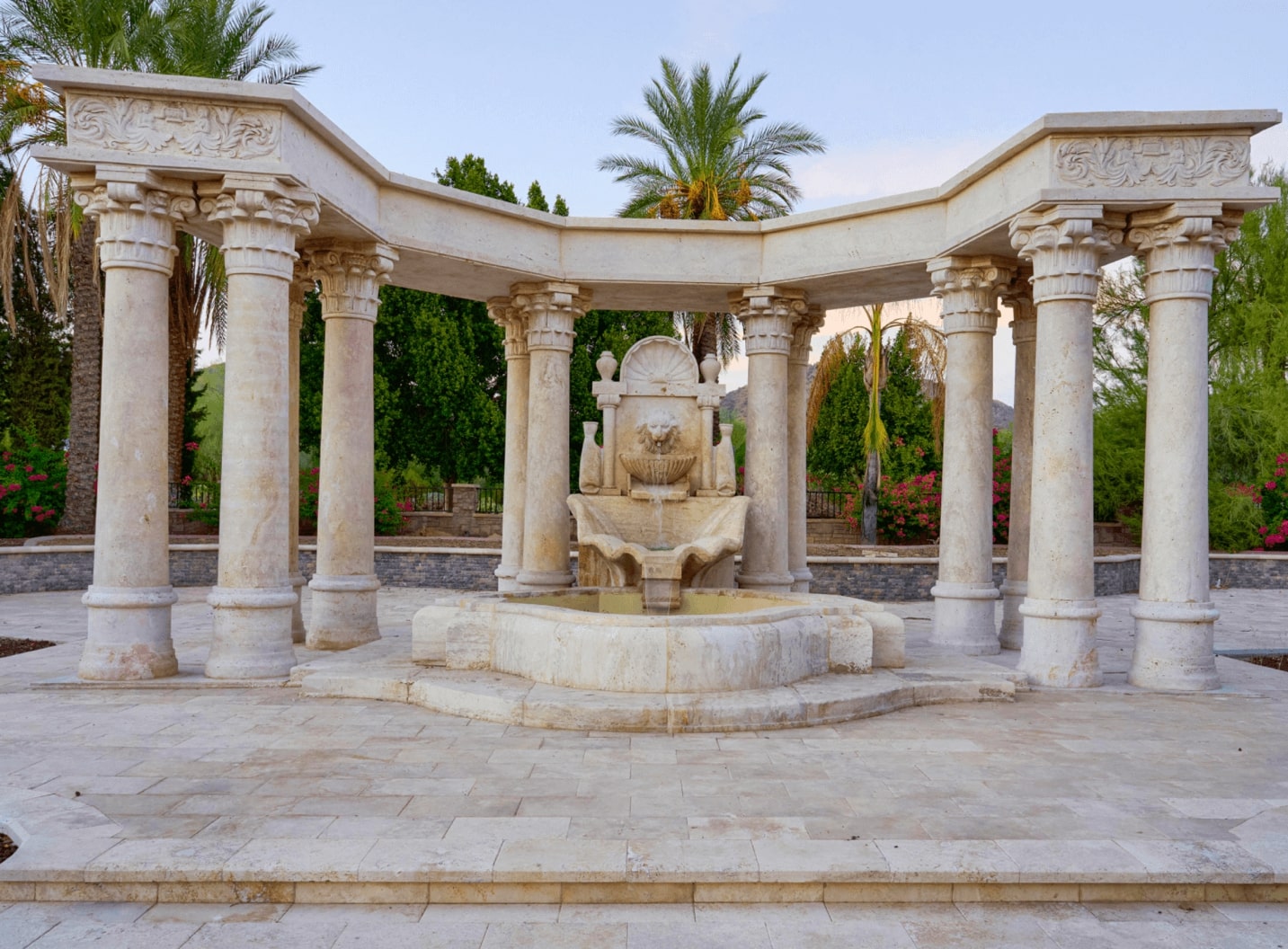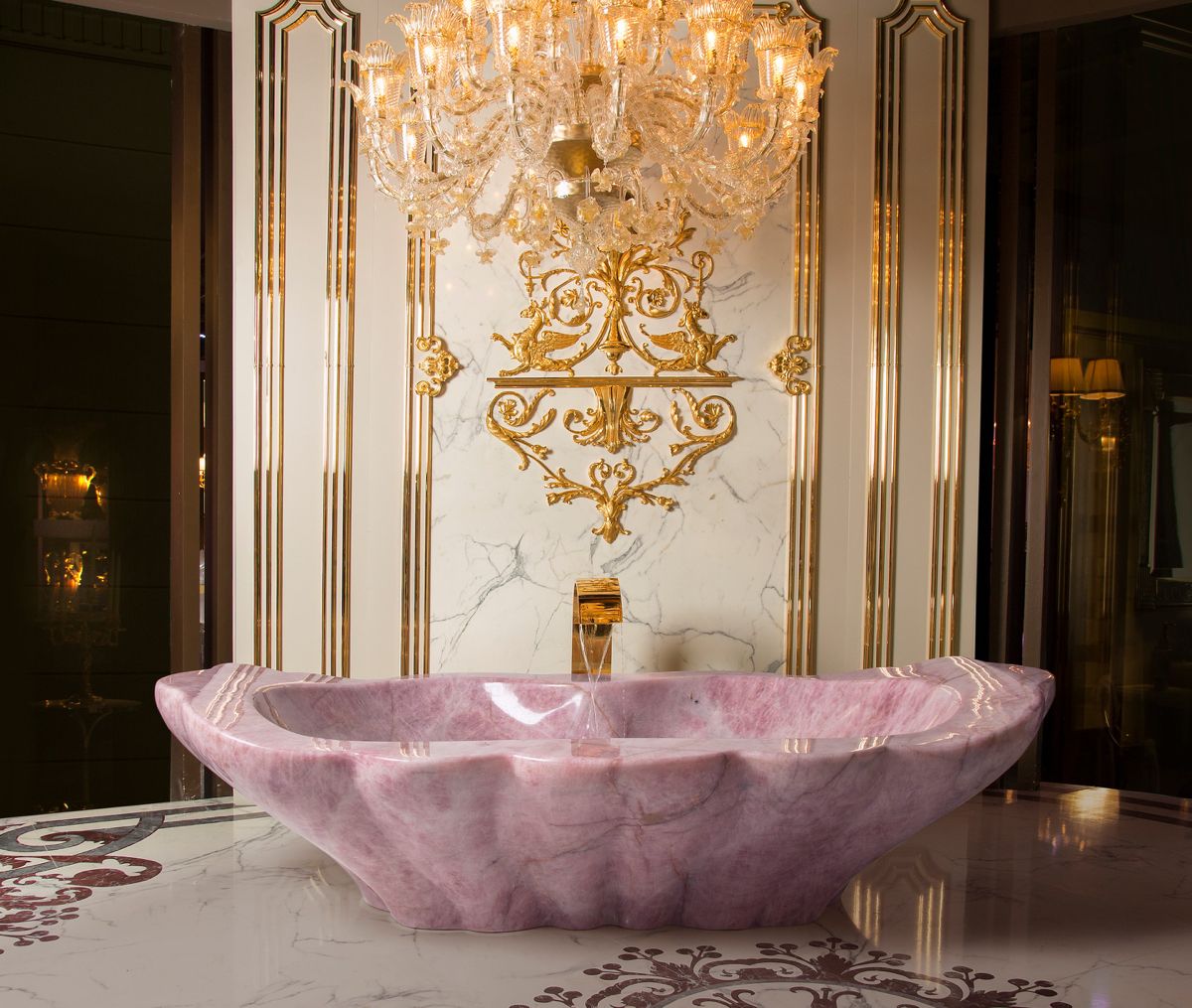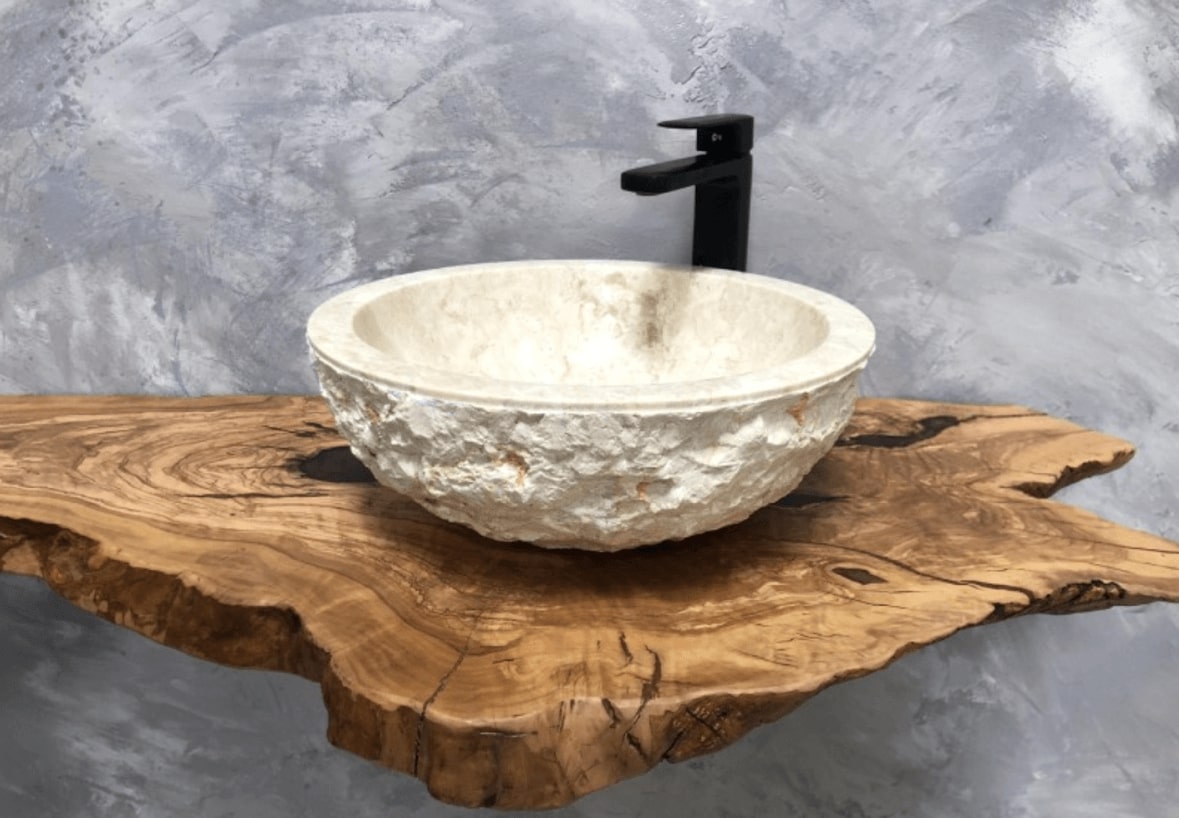Marble Statue: A Guide in Choosing Greek Marble Statues
A marble statue is an exquisite work of art that has captivated people for centuries. Among the various types of marble statues, Greek marble statues hold a special place due to their historical significance and artistic mastery. This guide aims to provide you with essential information on choosing the perfect Greek marble statue, considering factors such as history, quality of marble, and various other considerations.
When selecting a Greek marble statue, it is crucial to understand the nuances and intricacies involved in the process. This guide will equip you with the knowledge necessary to make an informed decision and ensure that you acquire a remarkable piece of art that embodies the beauty and cultural heritage of Greece.

II. History and Background of Greek Marble Statues
Greek marble statues have a rich history that is deeply intertwined with the culture and society of ancient Greece. Sculpture held a prominent place in Greek art, reflecting the Greeks' pursuit of beauty, harmony, and artistic excellence. The development and evolution of Greek marble statues can be understood within the context of three major periods: the Archaic, Classical, and Hellenistic periods.
A. Archaic Period (8th to 6th century BCE)
During the Archaic period, Greek marble statues were heavily influenced by Egyptian and Near Eastern art. The statues often represented rigid, stylized figures with the characteristic "archaic smile" and symmetrical poses.
These marble statues served as votive offerings to gods and were primarily found in sanctuaries and temples. They were typically dedicated to gods such as Apollo, Athena, and Hera.

B. Classical Period (5th to 4th century BCE)
The Classical period marked a significant shift in Greek marble statues, characterized by the pursuit of naturalism, idealism, and the celebration of human form. The statues displayed a remarkable sense of balance, proportion, and anatomical accuracy.
Prominent sculptors of the Classical period, such as Phidias, created iconic works like the colossal statue of Zeus at Olympia and the sculptures adorning the Parthenon in Athens, including the famous Elgin Marbles.
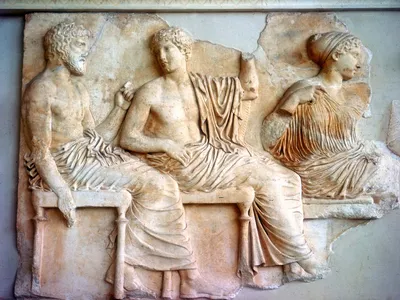
C. Hellenistic Period (4th to 1st century BCE)
The Hellenistic period witnessed a departure from the idealized representations of the Classical period, focusing on dynamic poses, emotional expression, and a wider range of subjects. Greek marble statues became more lifelike, capturing individuality, drama, and the complexities of human emotions.
Sculptors like Praxiteles and Lysippus experimented with new techniques, allowing for more naturalistic poses and intricate details. This period also saw an expansion in subject matter, with statues depicting mythological scenes, gods, athletes, and everyday people.

Greek marble statues played a significant role in various aspects of Greek society and culture:
1. Religion and Worship:
- Greek marble statues served as objects of veneration and worship. They were placed in temples and sanctuaries as offerings to the gods, embodying the divinity and power of the deities. These statues facilitated the connection between humans and the divine, enabling worshippers to seek guidance, protection, and blessings from the gods.
2. Commemoration and Honor:
- Greek marble statues were erected as commemorative monuments, honoring heroes, statesmen, and athletes. These statues were a testament to the achievements and contributions of individuals and served as a reminder of their legacy.
3. Civic Identity and Propaganda:
- Greek city-states commissioned marble statues as symbols of civic pride and identity. These statues often depicted mythological figures or allegorical representations associated with the city-state's values, virtues, or legendary founders.
4. Aesthetics and Beauty:
- Greek marble statues exemplified the Greeks' appreciation for beauty, proportion, and artistic mastery. The sculptures were admired not only for their religious or commemorative significance but also for their inherent aesthetic appeal.
Greek marble statues continue to be revered and admired to this day, serving as enduring examples of artistic excellence and cultural heritage. The legacy of Greek sculpture has had a profound influence on subsequent artistic movements and continues to inspire artists, collectors, and enthusiasts around the world.
III. Qualities of High-Quality Marble for Creating Greek Marble Statues
When crafting a Greek marble statue, the choice of marble is crucial to ensure its overall quality and longevity. Several essential qualities determine the suitability of marble for statue creation, including its type, characteristics, and source.
A. Types of Marble Used in Greek Marble Statues
Greek marble statues are crafted from various types of marble, each possessing distinct qualities that contribute to their aesthetic and structural attributes. Among the commonly used types are:
1. Parian Marble: Parian marble, known for its pure white color and fine texture, is highly esteemed in Greek sculpture. It imparts a sense of elegance and was frequently employed to sculpt statues of gods, goddesses, and revered figures.
2. Pentelic Marble: Quarried from Mount Pentelicus near Athens, Pentelic marble features a warm white hue with delicate veining. It offers sculptors the ability to capture intricate details due to its workability and was widely used in creating statues and architectural elements.
3. Carrara Marble: Although not exclusively Greek, Carrara marble from Italy was imported and extensively utilized by Greek sculptors. This type of marble exhibits a white or blue-gray color with subtle veining, making it suitable for statues of varying sizes and intricate designs.
B. Characteristics of High-Quality Marble
Several characteristics define high-quality marble, contributing to its suitability for creating exquisite Greek marble statues:
1. Durability: Quality marble should possess durability and resistance to weathering, ensuring the longevity and preservation of the statue over time.
2. Color and Veining: The color and veining patterns of the marble significantly impact the aesthetic appeal of the statue. Greek marble statues often feature a range of colors, from brilliant white to warm tones, with veining that adds depth and visual interest.
3. Texture and Grain: The texture and grain of the marble play a crucial role in the sculpting process. Fine-grained marble allows for intricate details and a smooth finish, enhancing the overall craftsmanship of the statue.
4. Workability: High-quality marble should be malleable and easily workable, enabling sculptors to carve, shape, and refine the statue with precision and intricacy. Marble that offers ease of handling and retains its structural integrity facilitates the creation of intricate features and delicate proportions.
IV. Factors in Choosing a Greek Marble Statue
Selecting the right Greek marble statue involves considering various factors to ensure it aligns with your preferences and requirements. Here are some crucial aspects to contemplate:
A. Purpose and Setting
Consider the intended purpose and setting of the marble statue. Are you acquiring it as a centerpiece for a garden, a focal point for an indoor space, or a decorative piece for a gallery? Understanding the purpose and setting will help determine the appropriate size, subject matter, and style of the statue.
- For a garden: Choose a Greek marble statue that can withstand outdoor elements, such as weather-resistant marble and a subject matter that complements the natural surroundings.
- For an indoor space: Consider the size and scale of the room. A larger room can accommodate a substantial statue, while a smaller space might require a smaller or medium-sized statue to avoid overwhelming the area.
- For a gallery or exhibition: Select a Greek marble statue that showcases artistic excellence and represents a significant theme or period in Greek sculpture. The statue should be visually captivating and engage viewers in a gallery or exhibition setting.
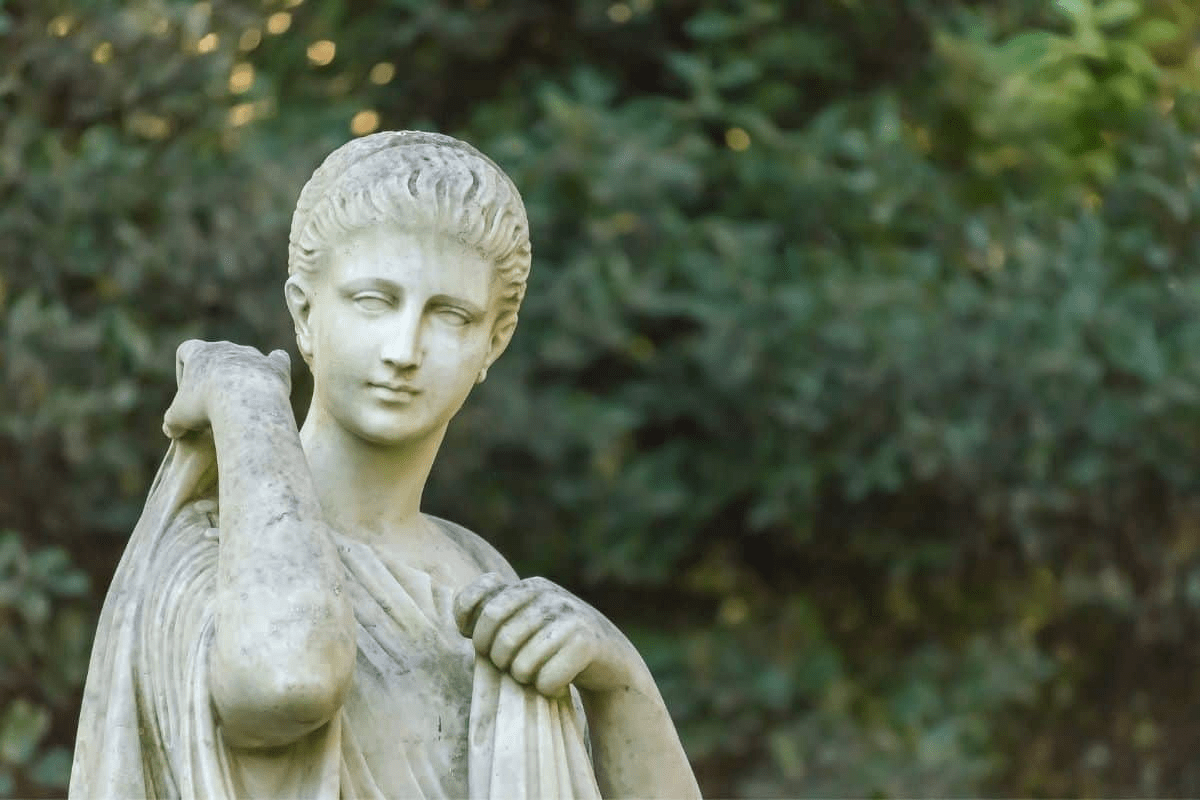
B. Subject and Theme
Greek marble statues encompass a wide range of subjects, from gods and goddesses to mythological creatures, historical figures, and everyday life scenes. Determine the subject and theme that resonate with you and reflect your personal interests or aesthetic preferences.
Mythological Figures: Greek mythology offers a wealth of captivating characters, such as Zeus, Athena, Aphrodite, or Hercules. Choose a Greek marble statue that embodies the essence of a specific deity or mythical hero.
Historical Figures: Greek history is rich with legendary figures like Alexander the Great or philosophers like Socrates and Plato. Acquiring a Greek marble statue representing a notable historical figure can evoke a sense of intellectual or historical significance.
Everyday Life Scenes: Some Greek marble statues depict scenes from daily life, capturing the beauty and essence of ordinary people engaged in various activities. These statues can add a touch of realism and relatability to your collection.
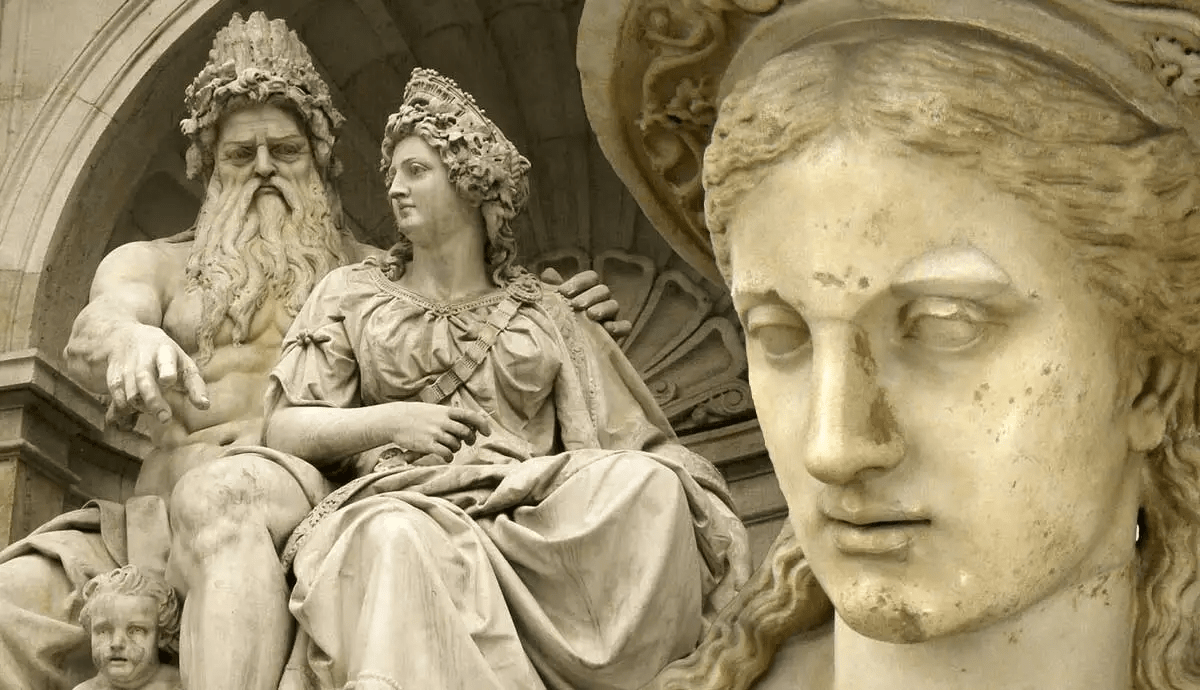
C. Style and Artistic Expression
Greek marble statues exhibit different artistic styles and expressions, ranging from classical Greek idealism to Hellenistic realism. Explore various styles and identify the one that resonates with your taste and captures the essence of the desired statue.
Classical Greek Idealism: These statues showcase the pursuit of perfection and harmony, emphasizing the idealized human form and balanced proportions. The focus is on beauty, grace, and an understated sense of movement.
Hellenistic Realism: Hellenistic statues embrace a more dynamic and expressive style, capturing emotions, dramatic gestures, and intricate details. These statues often convey a sense of realism and evoke powerful emotional responses.
Architectural Influence: Some Greek marble statues were designed to serve as architectural elements, such as column supports, pediments, or friezes. These statues exhibit a more geometric and structural style that complements classical architectural aesthetics.
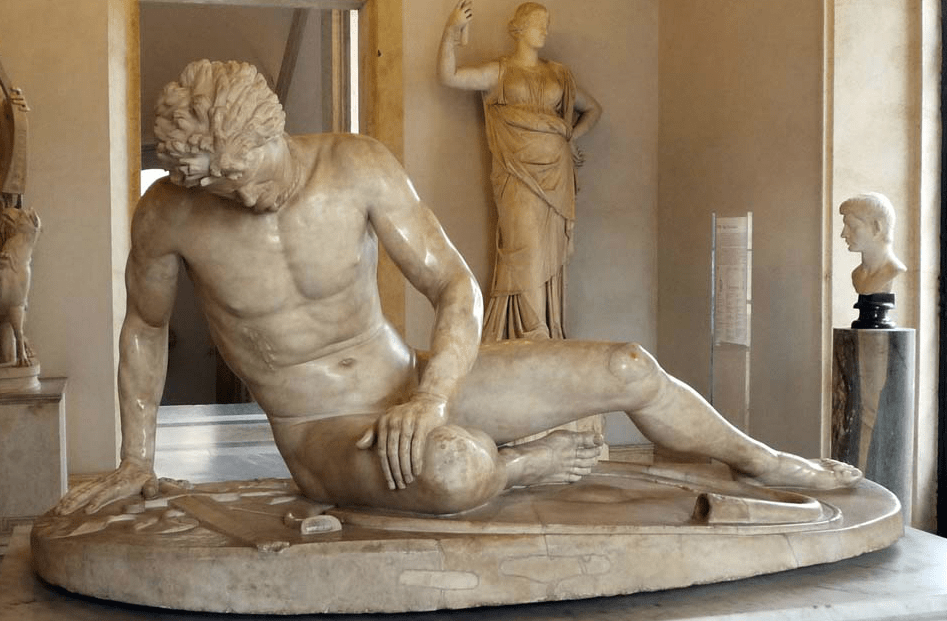
D. Size and Proportions
Consider the available space and dimensions of the area where the marble statue will be placed. Ensure that the size and proportions of the statue are suitable and harmonize with the surroundings, avoiding overwhelming or underwhelming effects.
- Large-scale statues: These statues make a bold statement and are suitable for spacious outdoor areas or grand interior spaces. They command attention and become the focal point of the environment.
- Medium-sized statues: These statues strike a balance between presence and versatility. They can be placed in gardens, courtyards, or smaller rooms where they add visual interest without overpowering the surroundings.
- Small-sized statues: These statues are ideal for indoor displays, shelves, or intimate spaces. They offer a touch of elegance and can be grouped together to create a curated collection.
E. Budget Considerations
Set a budget for your Greek marble statue purchase, considering factors such as the size, quality of marble, craftsmanship, and rarity. Research pricing ranges and consult with reputable sellers to find a balance between your budget and the desired quality.
- Rare and Antique Statues: Genuine antique Greek marble statues can be quite expensive due to their historical significance and limited availability. These pieces often require substantial investment, as they carry both artistic and collectible value.
- Contemporary Reproductions: For those with a limited budget, contemporary reproductions offer an opportunity to acquire Greek marble statues at a more affordable price. These reproductions can still exhibit excellent craftsmanship and capture the essence of the original sculptures.
F. Authenticity and Certification
Verify the authenticity of the Greek marble statue and ensure it comes with appropriate certifications, especially if you are acquiring an antique or a valuable collectible. Authenticity certificates provide assurance of the statue's origin, age, and provenance.
- Provenance: It is essential to have information about the statue's history, including previous owners, exhibitions, and any documentation that supports its authenticity and provenance.
- Expert Evaluation: Seek the opinion of art experts or appraisers who specialize in Greek sculpture to authenticate the statue and provide a professional assessment of its value.
G. Reputation and Trustworthiness of Sellers
Purchase your Greek marble statue from reputable sellers, such as established galleries, auction houses, or trusted online platforms. Research the seller's reputation, read customer reviews, and inquire about their expertise in Greek marble statues.
Established Galleries and Auction Houses: Reputable galleries and auction houses often have rigorous authentication processes in place. They provide a level of assurance regarding the quality and authenticity of the Greek marble statues they offer.
Trusted Online Platforms: When purchasing online, choose reputable platforms with strong buyer protection policies. Look for sellers with positive reviews and ratings, ensuring a reliable and secure transaction.
H. Shipping and Handling Logistics
Consider the logistics of transporting the marble statue to your location. Ensure that proper packaging, insurance, and safe handling arrangements are in place to prevent any damage during transportation.
Packaging: The statue should be packaged securely with adequate cushioning to protect it from vibrations and impact during transit. Custom crates or specially designed packaging materials may be necessary for larger or more delicate statues.
Insurance: Ensure that the statue is fully insured during transportation to cover any potential damage or loss. Consult with the shipping company or the seller regarding insurance options and coverage.
Handling: Experienced art handlers should be employed to ensure the safe loading, unloading, and placement of the statue to avoid any accidental damage.
By considering these factors and taking the time to explore different options, you can find the perfect Greek marble statue that resonates with your preferences, suits your space, and brings the timeless beauty of ancient Greek art into your life.
V. Tips for Making an Informed Decision
1. Research extensively: Familiarize yourself with the different styles, subjects, and artists associated with Greek marble statues. Explore reputable sources, books, and online resources to expand your knowledge.
2. Visit museums and galleries: Experiencing Greek marble statues in person allows you to appreciate their craftsmanship and gain a deeper understanding of the various styles and artistic expressions.
3. Seek expert advice: Consult with art historians, collectors, or experts in Greek sculpture to gain insights and recommendations on selecting a high-quality marble statue.
4. Examine and compare options: If possible, examine the marble statue in person or request detailed photographs from the seller. Pay attention to the details, craftsmanship, and overall condition of the statue.
5. Trust your instincts: Choose a Greek marble statue that resonates with you emotionally and aesthetically. Trust your instincts and select a piece that you feel a personal connection with.
VI. Key Takeaways
Acquiring a Greek marble statue is a significant investment, both financially and aesthetically. Conduct thorough research to understand the historical context, types of marble, and other crucial factors to make an informed decision.
The quality of the marble used in a Greek statue greatly impacts its durability, appearance, and overall value. Pay attention to the characteristics of marble, such as color, veining, texture, and workability, to ensure you choose the best material for your desired statue.
By considering factors such as purpose, subject, style, size, budget,and authenticity, you can narrow down your options and find the perfect Greek marble statue that aligns with your preferences and requirements.
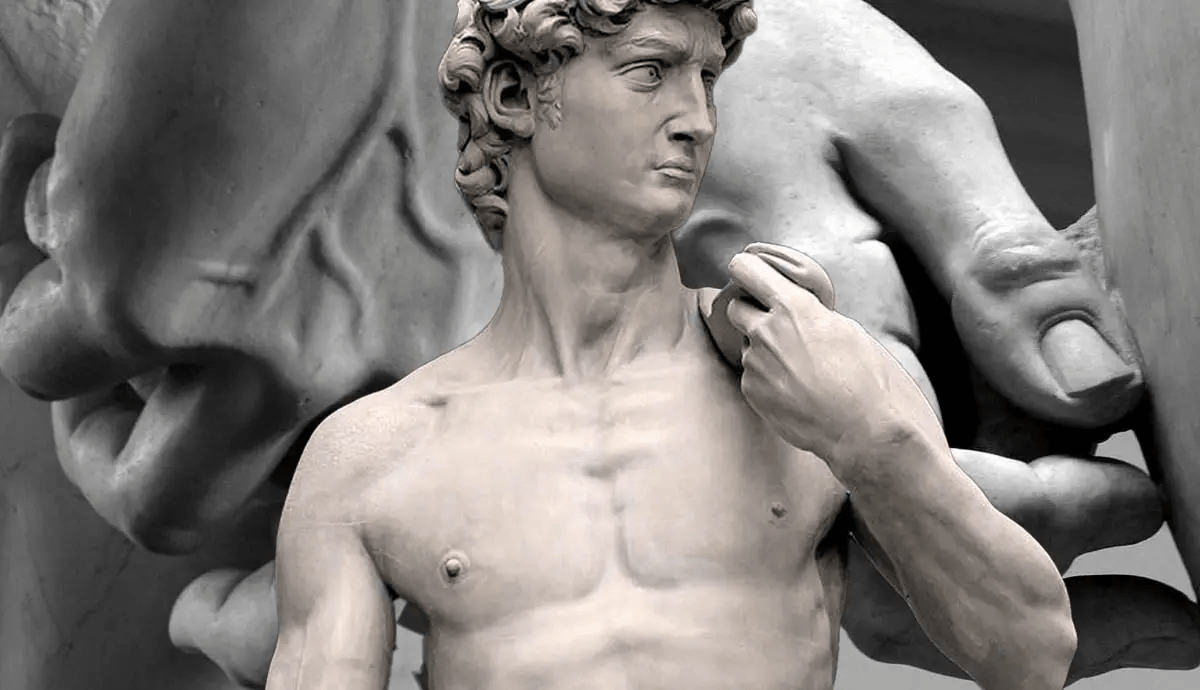
Greek marble statues are not merely decorative objects; they are embodiments of art, culture, and history. By choosing a Greek marble statue, you contribute to the preservation and appreciation of ancient Greek craftsmanship and the enduring legacy of classical art.
Classybath Studio has the best craftsmanship in Greek marble statues. Contact Classybath Studio today to customize your ideal marble statue.
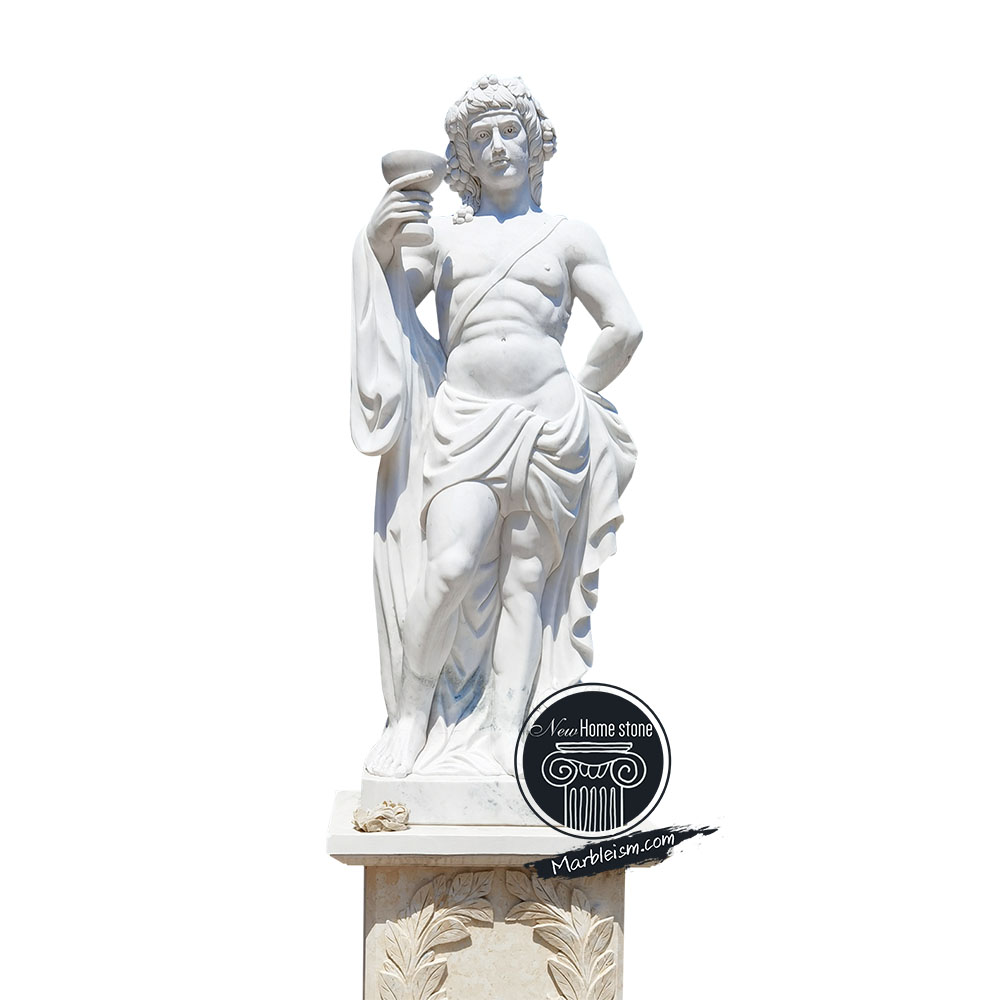
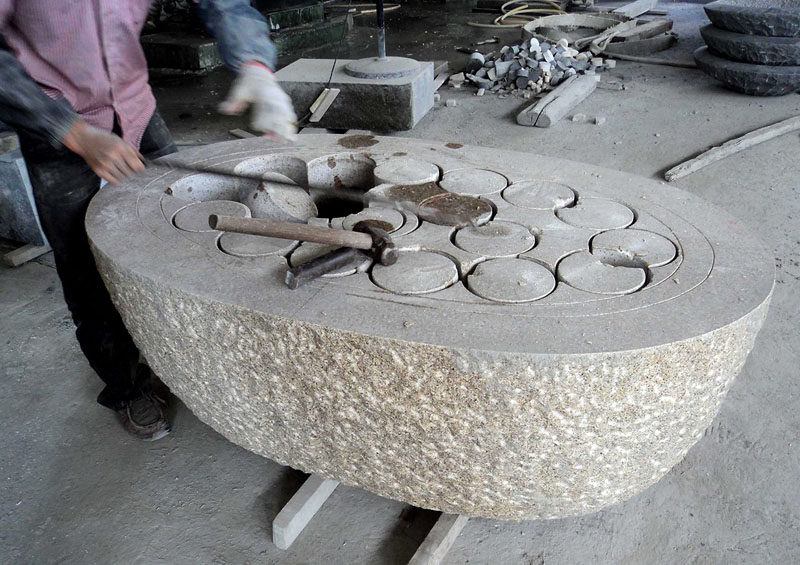
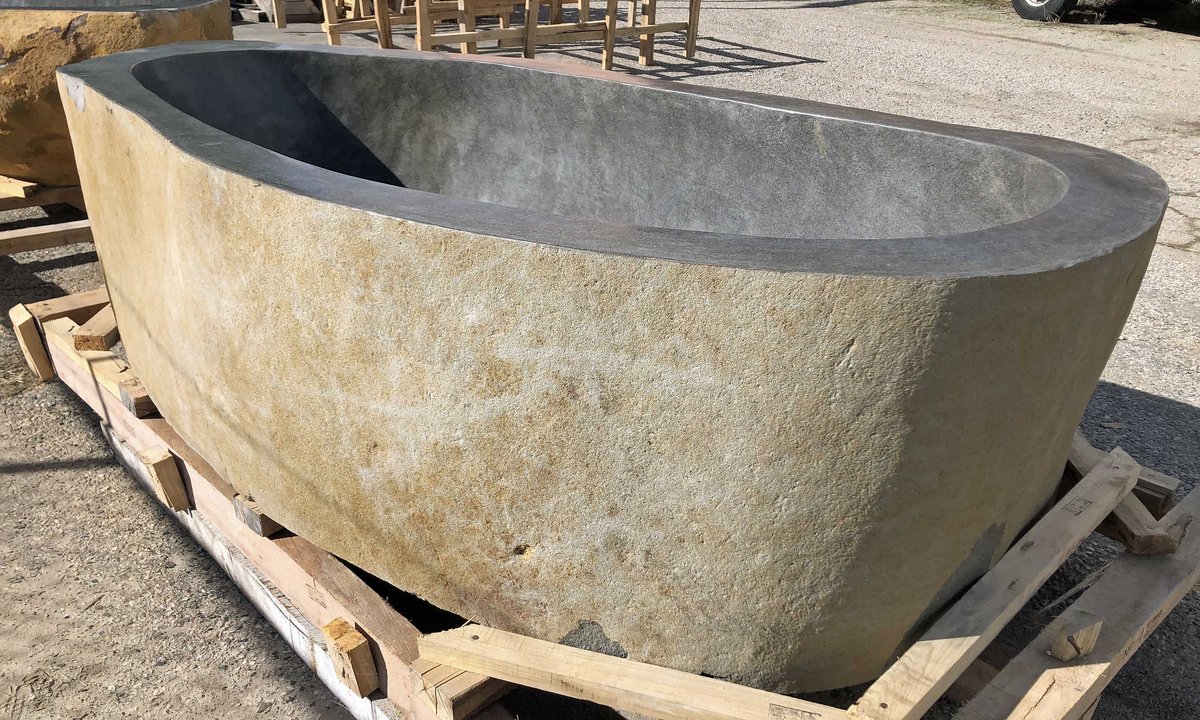



.png)
